Recently, a financial storm triggered by geopolitical events is profoundly impacting the global crypto market. Former U.S. President Trump has announced a series of significant policies, including providing advanced weapons to Ukraine through NATO and threatening to impose a 100% secondary tariff on Russia, giving only a 50-day negotiation deadline. This move is interpreted by the market as a 'financial nuclear bomb,' rapidly igniting global risk sentiment.
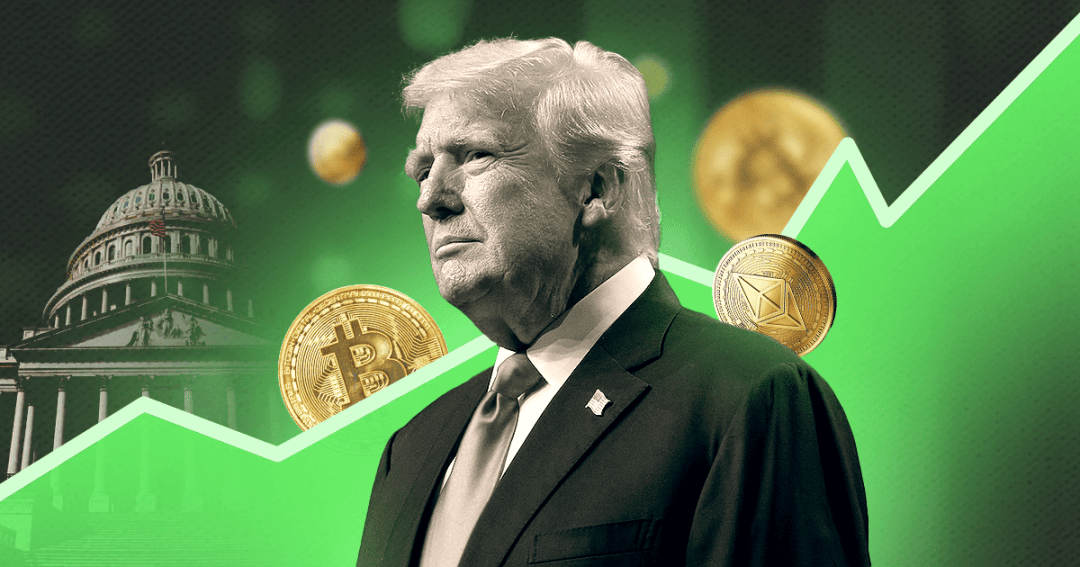
The crypto market is inevitably on the front lines — the prices of Bitcoin (BTC) and Ethereum (ETH) have fluctuated significantly, with market sentiment rapidly switching between panic and opportunity.
BTC and ETH emerge from the 'safe-haven paradox': tiered differentiation among risk assets.
The uncertainty of geopolitical risks has led traditional safe-haven assets like gold and the U.S. dollar index to rise rapidly. Among crypto assets, which are seen as 'new safe-haven assets,' Bitcoin and Ethereum are exhibiting different rhythms:
Bitcoin: Digital Gold Status Reaffirmed
Although there are adjustments due to short-term emotional fluctuations, Bitcoin's label as a 'decentralized store of value asset' is further reinforced. Historically, Bitcoin fell 13% at the onset of the Russia-Ukraine conflict in 2022, then rebounded strongly to set a new high for the phase. In this round of events, institutional investors acted swiftly, with holdings data from BlackRock, MicroStrategy, etc., indicating that BTC demand has surpassed twice the daily output of miners, and the market is entering a state of 'liquidity tightness.'
Ethereum: Strong ecosystem but lacks safe-haven attributes.
In contrast, ETH, as an asset with stronger technological attributes, has performed weakly under geopolitical risks. Although its DeFi, NFT, and other ecosystem activities continue to increase, investors are more inclined to allocate to BTC in the short term. At the beginning of July, Ethereum briefly fell below the critical support of $2,400, and if it cannot stand above $2,950-$3,000 now, it will be difficult to form an effective rebound.
Technical Analysis: BTC is ready to hit $130,000, while ETH lingers at key resistance.
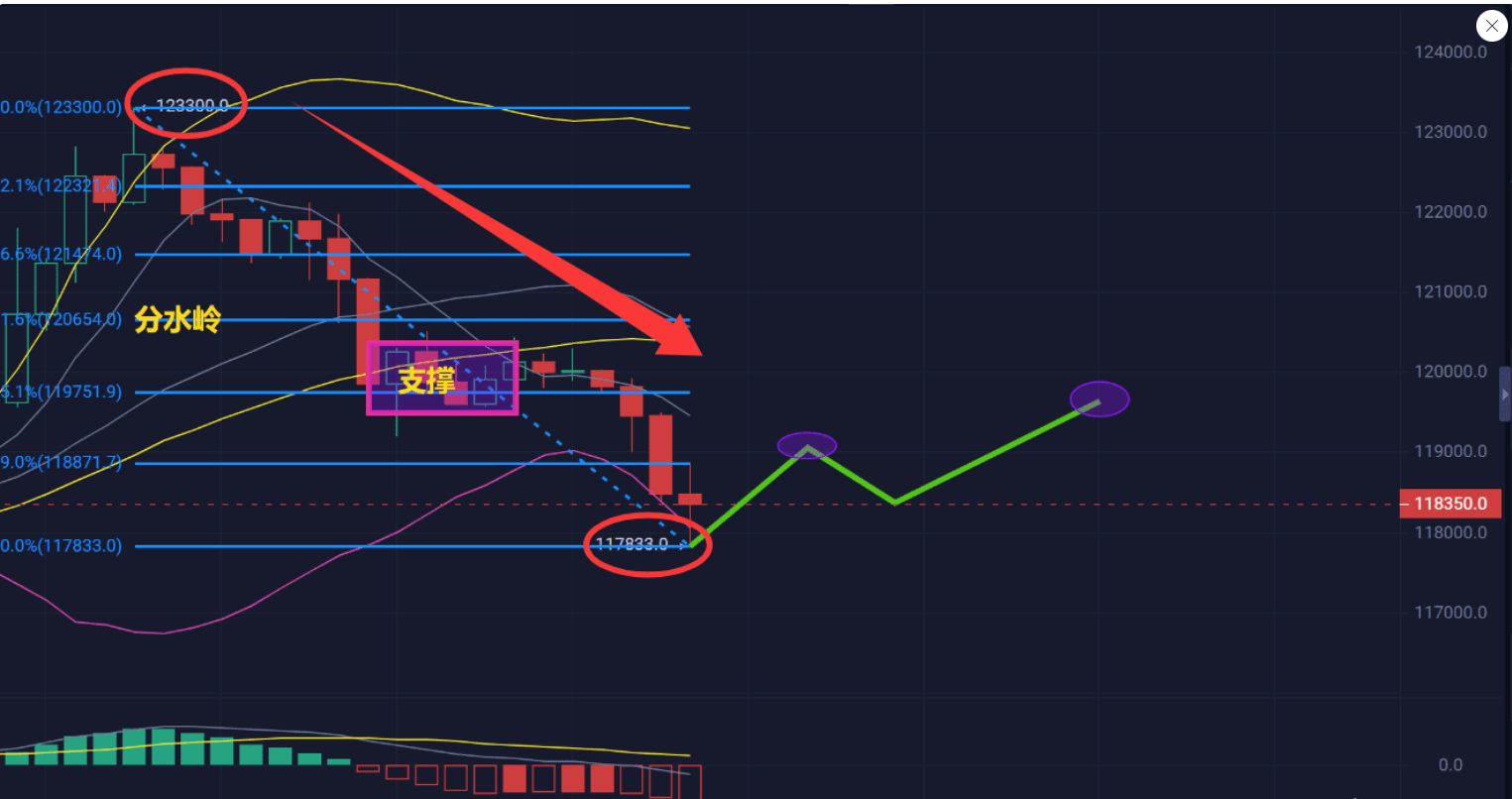
Bitcoin (BTC)
Price Structure: Since reaching a historical high of $109,000 in June, it is currently oscillating between $105,000 and $108,000. The Bollinger Bands are narrowing, indicating that a major trend is about to start.
Key Position:
Upper resistance: $109,000, if broken, it will open up an upward channel to hit $130,000.
Lower support: $100,000 is key support; if lost, it may retest the $90,000-$100,000 range.
Bullish catalysts: Increased expectations for Fed rate cuts; the U.S. plans to expand its strategic Bitcoin reserves; new net inflows to spot ETFs reached $4 billion in June.
Ethereum (ETH)
Price Range: Continuing to oscillate around $2,900-$3,000, it has yet to successfully break through the psychological barrier of $3,000.
Technical Signals: If it stands above $3,000 with volume, it will open up upper space; otherwise, it will face the risk of a retest at $2,700.
Positive Support: Expectations for Ethereum spot ETF approvals; the Layer 2 ecosystem (such as Arbitrum, Optimism) continues to strengthen and is expected to become a phase-based driving force.
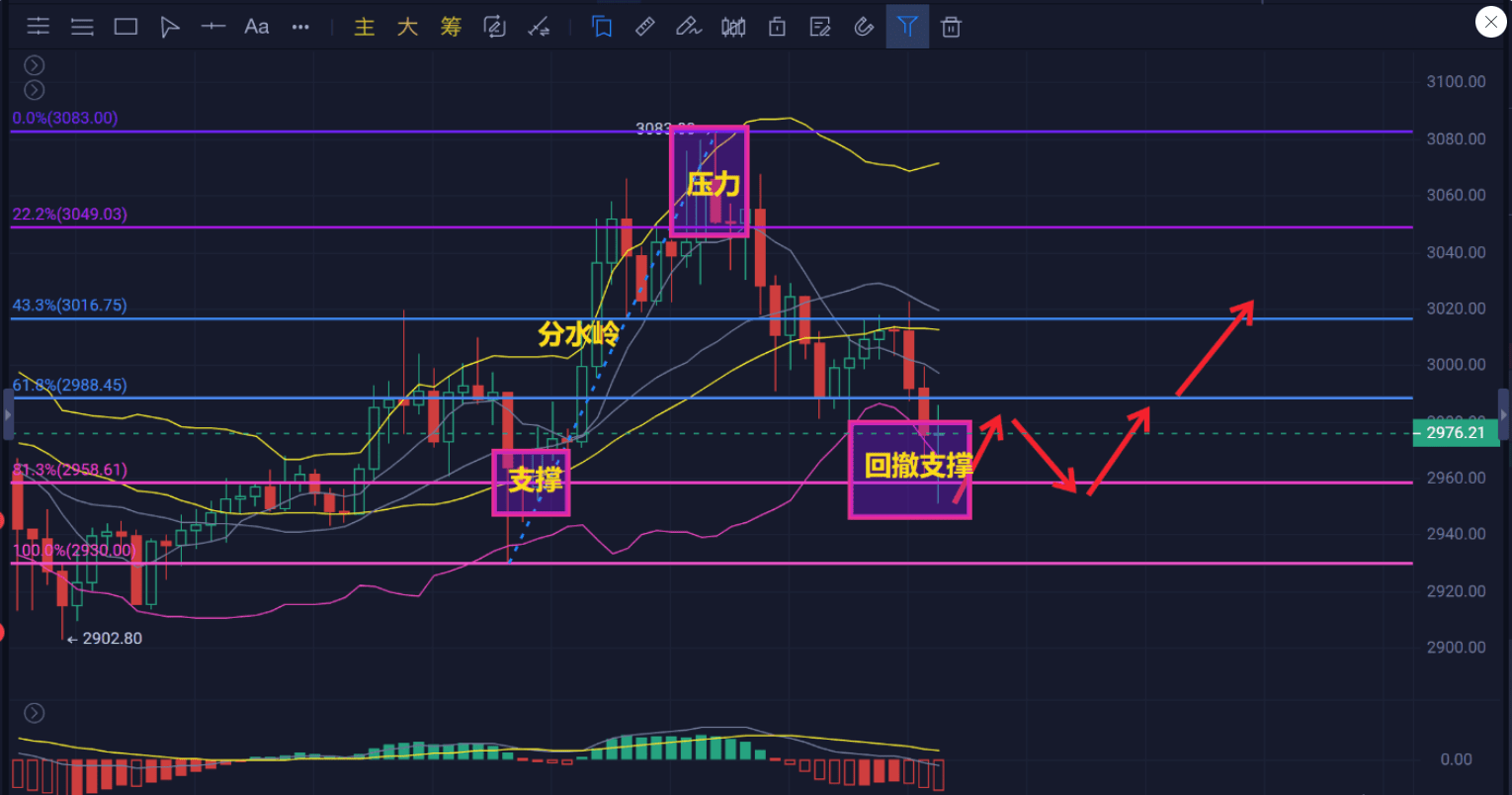
Capital Flow: Institutions 'love Bitcoin,' while retail investors are hesitant and watching.
Institutional preferences are clearly delineating the 'tiers' of crypto assets:
Bitcoin is being redefined by mainstream financial giants as a 'digital safe-haven asset.' Goldman Sachs, Morgan Stanley, and others have significantly increased their BTC holdings recently, with data showing its correlation with U.S. stocks has reached 0.74. Despite this, Bitcoin's 'non-sovereign attribute' is still viewed by institutions as an important feature of long-term value storage.
Ethereum has been temporarily 'neglected.' Despite its ecosystem continuing to expand, institutions prefer the stable and liquid BTC. As MicroStrategy founder Michael Saylor said: 'Ethereum is like a tech stock, Bitcoin is the real digital gold.'
Future Outlook: Opportunities Amidst the Storm
Short-term Expectations (1-2 weeks)
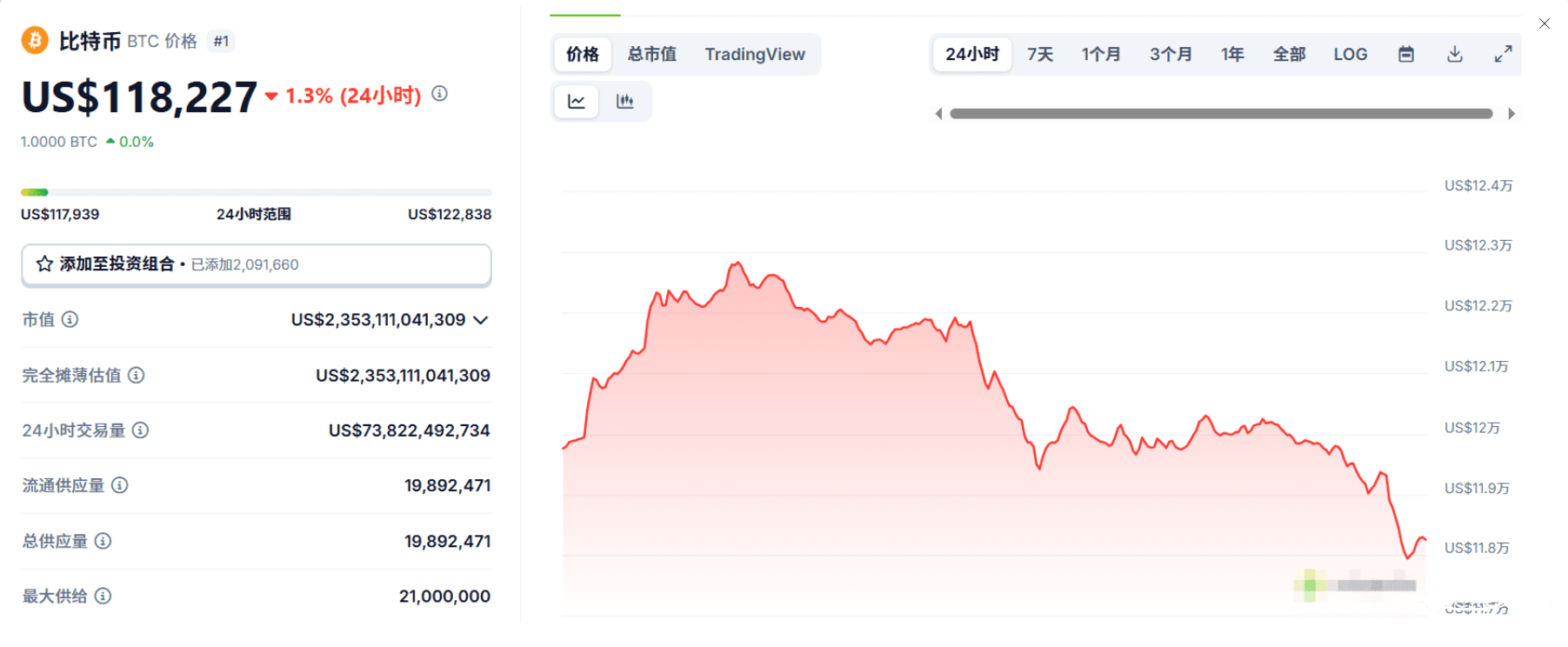
BTC:
If the geopolitical situation does not escalate further, it may stabilize around $110,000 and attempt to break through $115,000;
If the conflict escalates, it may quickly retest the $105,000 support range.
ETH:
Keep a close eye on the $2,900 support; if held, it may aim for $3,100. If lost, it will trigger a phase of selling.
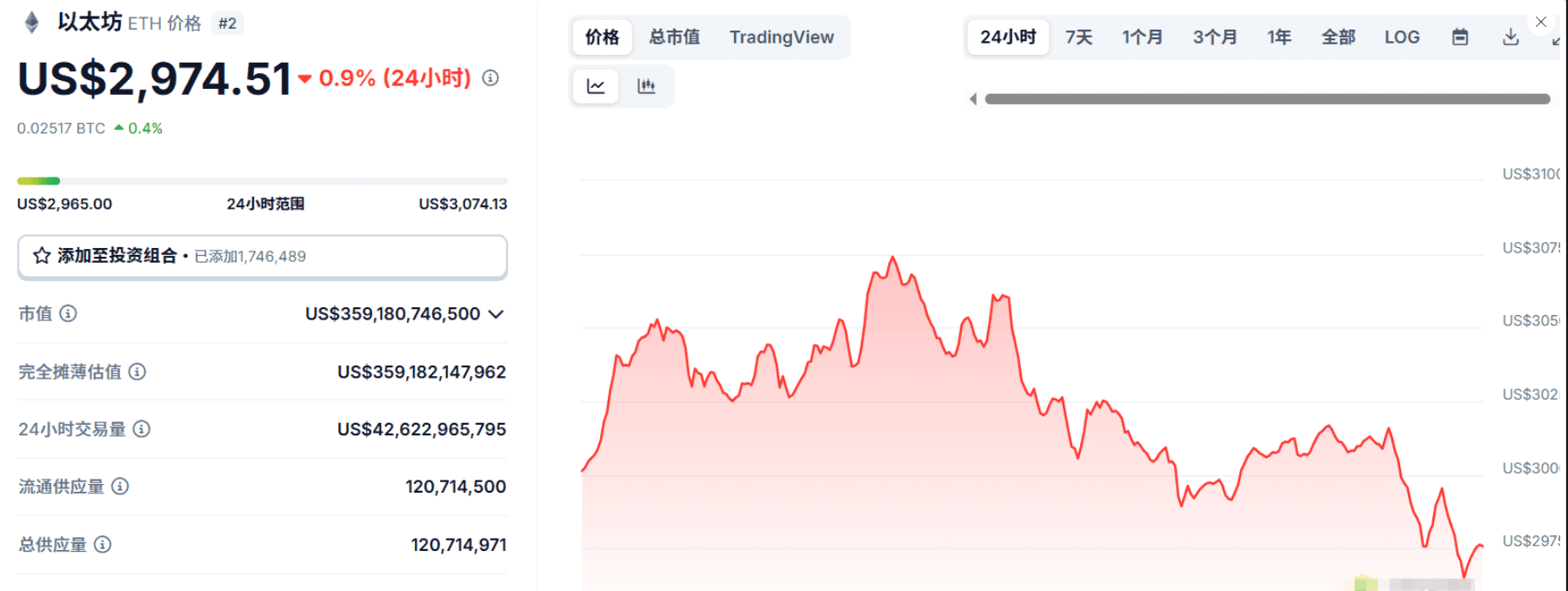
Mid-term Outlook (1-3 months)
BTC: The halving effect lagging + ongoing institutional buying + potential rate cut backdrop, the probability of BTC breaking $130,000 exceeds 60%, and a push towards $150,000 by year-end is worth looking forward to.
ETH: A clear breakout above $3,000 is needed to initiate a mid-term trend, with ETF approvals and Layer 2 ecosystems becoming important driving forces.
Retail Strategy Suggestions: How to operate amidst the storm?
Conservative: It is recommended to allocate 70% of positions to Bitcoin, with the remaining 30% held in stablecoins or gold-type assets to hedge against unforeseen risks.
Radical:
If ETH falls below $2,900, consider entering in batches, targeting $3,000;
If BTC retests $105,000, it can also be seen as a quality accumulation opportunity.
Black swans have appeared, and structural opportunities have come along with them.
The 'geopolitical financial storm' initiated by Trump is undoubtedly reshaping the rhythm of the crypto market. BTC has strengthened its role as a 'digital safe-haven anchor' during this crisis, while ETH, despite struggling in the short term, still possesses long-term explosive potential. Whether you pursue stability or aim to catch waves, the current market is at a critical turning point. Before and after the storm, what matters is: are you prepared?